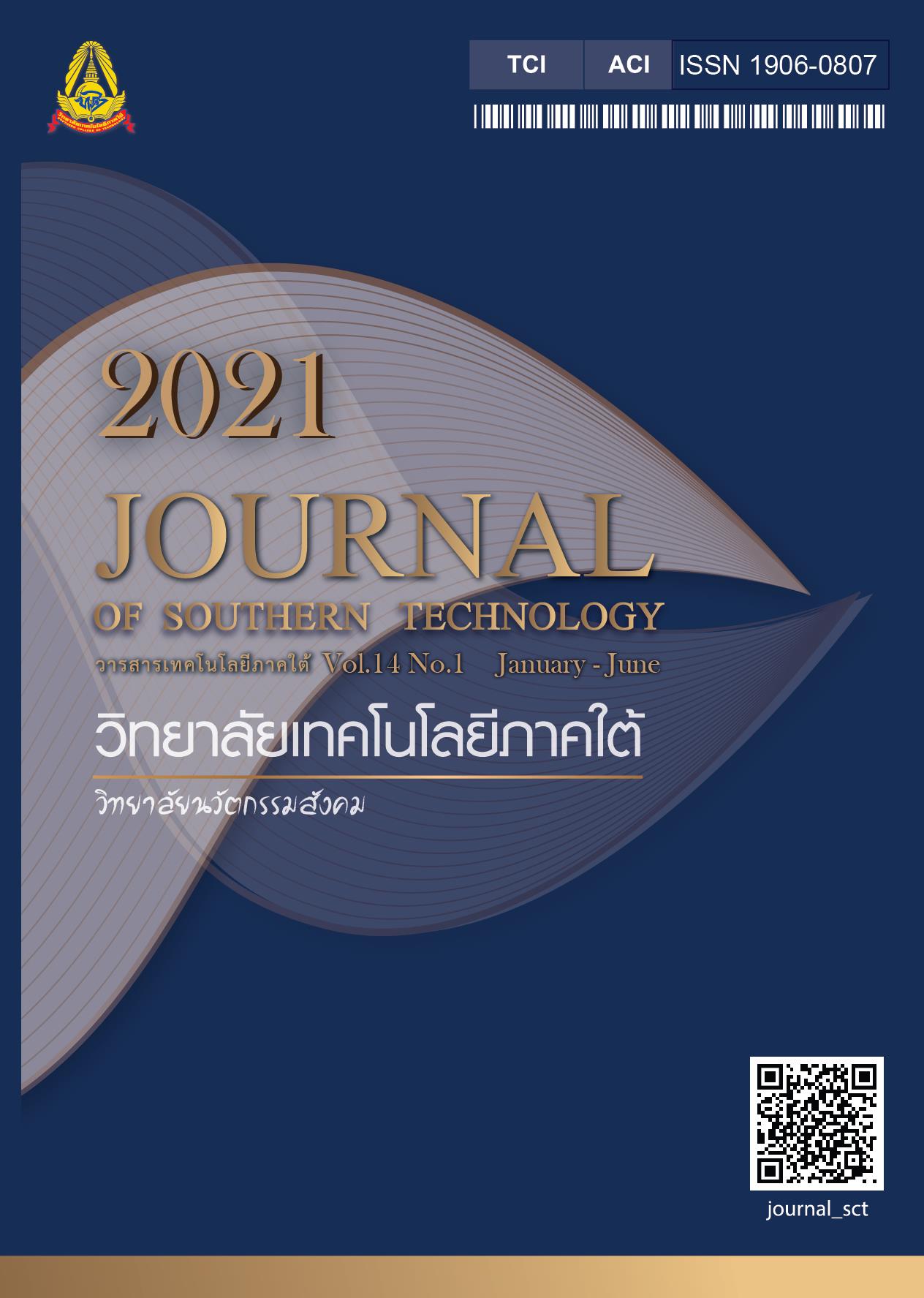The Development of High Value Tourist Destination for High Value Tourists in Thailand
Main Article Content
Abstract
This study is a consequence of a new tourism phenomenon influenced by online media. It causes changes in tourism demand and discrepancies between tourism supply and demand. This reflects in unattractive tourism components, and ineffective service for tourists of new generations. Therefore, this research aims: 1) to study specific characteristics and behaviors of high-value tourists in Thailand;
2) explore the value-developing procedure for Thailand tourist attractions which serves the high-value tourists beyond their expectations; and 3) to propose a guideline for developing tourist attraction values in and will consequently be used as value indicators of destinations across the country. This study is a mixed-method research. The semi-structured interview was used with 30 people from local government and private sectors. Focused group discussion was conducted with 30 tourism academics and those who worked with tourism industry. Questionnaires were distributed to 500 Thai and foreign tourists who visited main cities of Thailand i.e. Bangkok, Phuket, Chiang Mai, Pattaya and Krabi, and secondary city of Thailand i.e. Chiang Rai, Loei, Trat, Nonthaburi and Nakhon Ratchasima. The statistics used are mean, percentage, and standard deviation. Content analysis is used for open coding and then associating words that have similar and recurring meanings for axial coding to generate new themes. All data are rationally integrated for selective coding. Results show as follows. 1) Specific characteristics and behaviors of high-value tourists are simple travelling, searching for travelling information online by themselves, wanting new experiences and in tourism trend, being luxurious during travelling, wanting personalized products and service, exposing to local original/authenticity and being in the nature which can increase their happiness leading to good life quality. 2) The value-developing procedure of tourism attractions in Thailand which serves the high-value tourists beyond their expectations includes tourist attractions are in good physical conditions, peaceful, quiet and beautiful nature, providing good services, recreation activities for relaxing and reducing stress, and responding to mind and body. The attractions have their identity and local culture which tourists cannot experience in their everyday lives. Service people offer service attentively and sincerely. The environment of the attractions is attractive in a trendy tourism which corresponds to tourists. 3) The guideline for developing value of Thailand tourism attractions and for being an indicator for creating value of Thailand tourism destinations are co-creating local spiritual experience to tourists, local personnel welcoming and servicing tourists with Thai hospitality for good impression, tourists happily resting in the attractions, feeling satisfied and having a better life, safe accessibility, conveniences ready to use, and imposing on plan and policy for developing successful tourism. The findings of this study are beneficial to government and private sectors for developing value of Thailand tourism attractions for serving high-value tourists through the whole year.
Article Details
-
Authors must agree to the journal publication rules and allow the editors to edit the manuscripts for publication.
-
Author’s right belongs to the author but Journal of Southern Technology holds the right of first publication and thus allow readers to use the article for the purpose of education but not commercial.
References
Amadeus and Frost & Sullivan. (2016). Future Traveller Tribes 2030 Building a More Rewarding Journey 2016. Retrieved September 5, 2016, from https:// amadeus. com/documents/ en/blog/pdf/2015/07/amadeus-traveller-tribes-2030-airline-it.pdf [in Thai]
Andrades, L., & Dimanche, F. (2018). Co-creation of experience value: A tourist behavior approach. Creating Experience Value in Tourism, (Ed. 2), 83-97.
Artal-Tur, A., Correia, A., Serra, J., & Osorio-Caballero, M. I. (2019). Destination Choice, Repeating Behavior and the Tourist-Destination Life Cycle. Trends in Tourist Behavior: New Products and Experiences from Europe, p.175.
Department of Tourism. (2018). Thailand Tourism Masterplan Volume 2, 2017-2021. Bangkok: Ministry of Tourism and Sports. [in Thai]
Department of Tourism. (2019). Tourism Attraction Standard. Bangkok: Ministry of Tourism and Sports. [in Thai]
Henderson, J. C. (2017). Destination development: Trends in Japan's inbound tourism. International Journal of Tourism Research, 19(1), 89-98.
Kozak, M., & Kozak, N. (Eds.). (2018). Tourist Behavior: An Experiential Perspective. Springer.
Leiper, N. (1990). Tourist attraction systems. Annals of Tourism Research, 17(3), 367-384.
Liu, C. R., Wang, Y. C., Huang, W. S., & Chen, S. P. (2017). Destination fascination: conceptuallization and scale development. Tourism Management, 63, 255-267
Ministry of Tourism and Sports. (2020). Tourism Economic Review. Bangkok: Ministry of Tourism and Sports. [in Thai]
Rivera, M., Croes, R., & Lee, S. H. (2016). Tourism development and happiness: A residents’ perspective. Journal of Destination Marketing & Management, 5(1), 5-15.
TAT Intelligence Center. (2020). Tourism Behavior Survey of Thai and International Tourists 2019 (Final Report). Bangkok: Ministry of Tourism and Sports. [in Thai]
Viken, A., & Granås, B. (Eds.). (2016). Tourism Destination Development: Turns and Tactics. Routledge.

